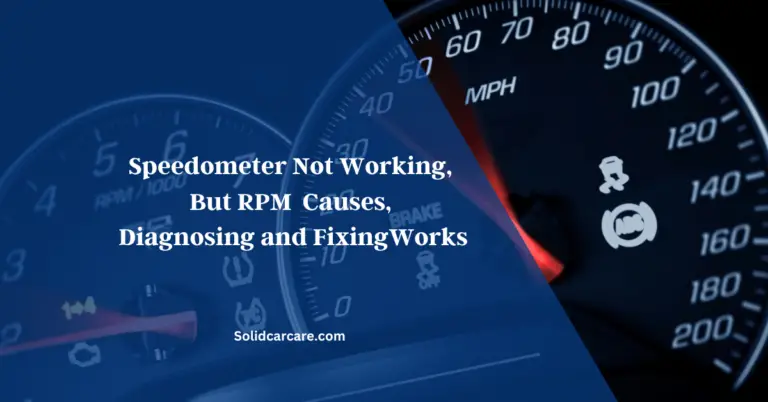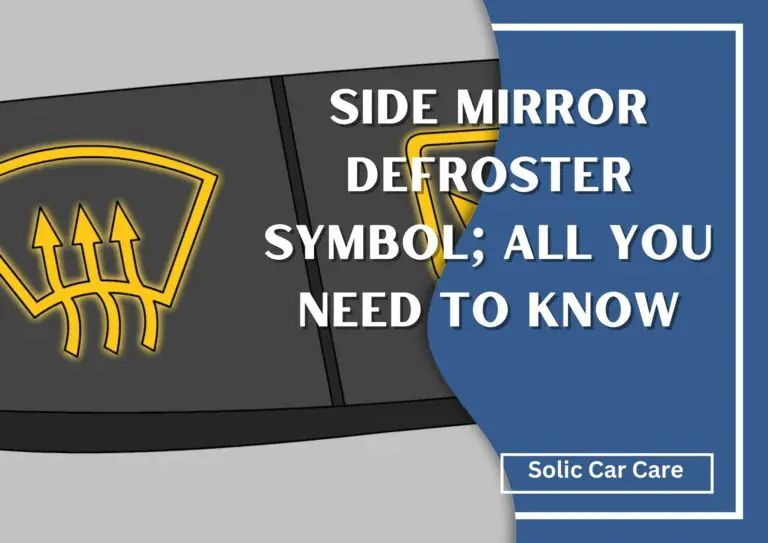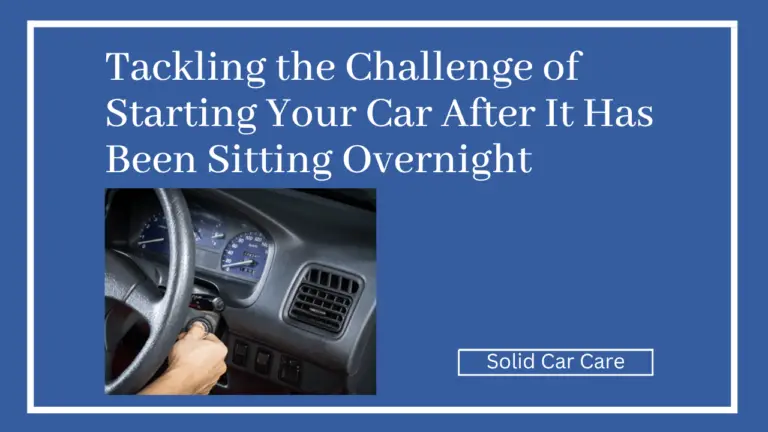When Do You Need to Use Low Gears in Your Car?

Hey there, let’s talk about using low gears in your car. Imagine low gears as your car’s superpower for more strength and less speed.
In this article, we discuss when to use low gears, for better driving experience and for the safety of you, and the vehicle. So stick around until the end to see what you’ve been looking for.
Table of Contents
What do low range gears do? 100 words

Low range gears are like your car’s muscle boosters for tough situations. They multiply your engine’s power, giving you more strength to handle challenges. They shine in uphill battles, making steep slopes a breeze, and help you navigate off-road terrains, like rocky paths and sand.
If you’re towing heavy loads, low range gears lend a hand by making your engine’s work easier. They also assist in descending steep slopes by providing controlled braking. In a nutshell, low range gears are your go-to when you need extra power and control for specific tasks, making difficult driving scenarios more manageable.
What is low gear in automatic?
In an automatic car, “low gear” refers to a mode that limits the gear range your transmission uses. It’s often labeled as “L” or “1.” When you engage low gear, the transmission stays in lower gears longer, providing more engine power and less speed.
This is useful for driving in challenging conditions, like towing heavy loads or going down steep slopes, where you need more control and power. Low gear prevents the transmission from shifting into higher gears, keeping your car in a lower gear ratio for better performance in specific situations.
In what situation will you need to use low gears?
1. Towing or Carrying Heavy Stuff
If you’re pulling a trailer or carrying something heavy, low gears can help. They give your car the extra oomph to start and keep moving with the weight. It’s like a superhero boost for your engine.
2. Going Uphill
When you’re driving uphill, gravity pushes against you. Low gears give you the muscle you need to fight gravity by making your engine work harder. This helps you climb those hills without a struggle.
3. Slippery Roads
On icy or snowy roads, your car needs extra control. Low gears let you go slower and stop more gently. It’s like having better control over your car’s moves on tricky roads.
4. Starting from a Stop
Ever noticed how your car needs a push when you start from a stop? Low gears provide that push by making your engine work faster. It’s like a little boost to get you going.
5. Off-Road Adventures
When you’re off-road, like on bumpy paths, low gears give you strength and control. They help you navigate rough terrain by making your engine work harder and giving more power to your wheels.
Remember, using low gears can make your car use more fuel. So, only use them when you really need to.
Is low gear good for snow?
Yes, using a low gear in manual cars can be helpful when driving in snow. Shifting to a lower gear, such as second or even first gear, provides more control over your vehicle’s speed and traction on slippery surfaces.
This prevents the wheels from spinning too quickly, which can lead to skidding. Using a low gear allows the engine to slow down your car, acting as a form of engine braking. This technique can help you navigate safely through snowy conditions, especially when descending hills or starting from a stop on slippery roads.
How to Bypass the Neutral Safety Switch: A Step-by-Step Guide
solidcarcare.com
When Not to Use Low Gears in Your Car?
There are situations when using low gears in your car is not recommended:
High Speeds: Avoid shifting to low gears at high speeds. This can strain your engine, transmission, and lead to loss of control.
Abrupt Transitions: Don’t shift to a low gear suddenly. Smooth transitions prevent engine stress and wheel lock-up.
Flat Roads: Using low gears on level roads wastes fuel and might harm your engine. Stick to higher gears for normal driving.
Extended Periods: Prolonged use of low gears can overheat your transmission. Return to higher gears for regular driving.
Automatic Transmissions: In some cases, automatic cars automatically downshift when needed, making manual shifting unnecessary.
Quick Stops: For sudden stops, rely on brakes. Low gears can’t provide immediate deceleration.
Remember, low gears are for specific situations like steep hills, towing, or descending slopes. Using them incorrectly can damage your car and compromise safety.
Can I put my car in low gear while driving?
Yes, you can put your car in a lower gear while driving, but it’s important to do it properly and at the right time. In an automatic car, you can shift to a lower gear (often labeled as “L” or “1”) while driving to get more engine braking or control when going downhill or in slippery conditions.
You can downshift to a lower gear in a manual car by pressing the clutch pedal and shifting the gear lever down.
However, remember that downshifting to a lower gear while driving can cause your engine’s RPM to increase, so it’s generally best to do it at lower speeds.
It’s not recommended to suddenly shift to low gear at high speeds, as this could damage your transmission or cause the wheels to lock up. Always use caution and make smooth transitions when shifting to a lower gear while driving.
Transmission Downshifts Hard While Slowing Down: Causes and Solutions
solidcarcare.com
Is it bad to use low gear to slow down?
Using low gear to slow down, also known as engine braking, is not necessarily bad for your car. In fact, it can be a smart technique, especially when driving downhill or when you want to save your brakes from excessive wear.
Engine braking involves downshifting to a lower gear, which increases your engine’s RPM and uses the engine’s resistance to slow down the car. This can be more efficient and less stressful on your braking system compared to using the brakes alone, especially on long descents.






